Daishin Kashimoto, violinist, listens to the latest VELVET SOUND products
March 2020
Asahi Kasei Microdevices’ latest DAC solution reproduces experience and atmosphere with Real Live Sound.
Publisher: "Stereo Sound" No. 214 (issued March 2020)
The first-ever split-DAC solution, comprised of the AK4191 + AK4498, has been added to the roster of VELVET SOUND DACs developed and marketed by Asahi Kasei Microdevices (AKM). It will be featured in a variety of premium audio equipment starting this coming fall. Mr. Daishin Kashimoto, 1st Concertmaster of the Berlin Philharmonic and AKM brand ambassador, joined Mr. Tomonori Sato, AKM Audio Meister, to listen to the Berlin Philharmonic’s latest recording. Was he impressed by the latest in VELVET SOUND? Let’s find out.
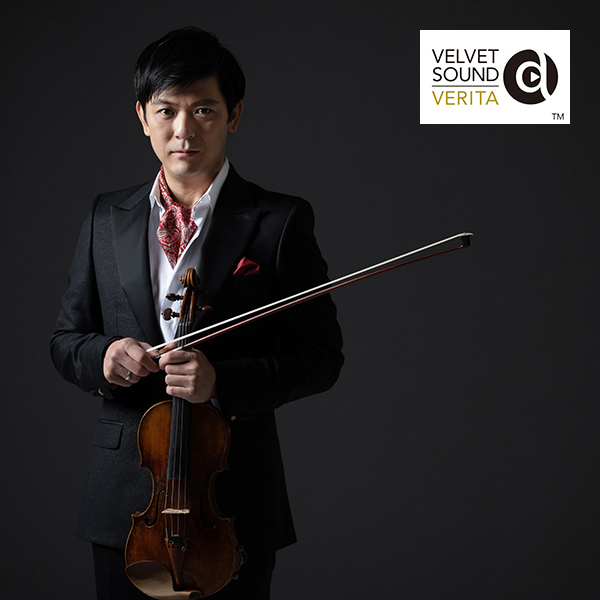 Daishin Kashimoto
Daishin Kashimoto
Mr. Tomonori Sato:
Are you particularly conscious of the differences between a live performance and a recorded performance?
Mr. Daishin Kashimoto:
From my point of view as a listener, they are fundamentally different things. Recorded sound depends on factors such as the microphone selection, its placement, and cabling. The playback environment also affects the listener’s experience. From a performer’s standpoint, however, I always wish that the differences could be smaller.
Sato:
By using two ICs, we have minimized the effects of digital noise within the analog output, resulting in a perceived improvement of the ratio of signal to noise. This improvement, while not easily quantifiable via traditional measurement techniques, is easily experienced during controlled listening tests. We always strive to minimize the difference between a live listening experience and a recording of that performance. Today, we have installed a prototype AK4191 + AK4498 in our listening room, and you have just heard the Berlin Philharmonic’s latest recording. How did you like it?
Kashimoto:
The first movement of Pathetique* starts very quietly. Carefully re-creating that quietness is very important when playing back recorded material. What we heard just now sounded so real that I vividly recalled the atmosphere of the venue on the day that it was recorded. I was impressed. The atmosphere of a concert hall or a studio has great impact on the way that musicians shape a performance. The performers will be motivated by the knowledge that the audio equipment will faithfully reproduce the atmosphere of the space where the music was played, and listeners will be even more impressed.
Sato:
In the world of audio equipment, we often use the phrase “It sounds as if the music is being performed right in front of you.” In our view, this requires high quality reproduction from the very opening of a piece until the end. In that regard, your comment makes me very happy.
Kashimoto:
I was also impressed by the beauty and quality of the tone, which is something that allows for no compromise. I may have never listened to any other recorded performance whose gap from what I hear while performing is as small as this one’s. The thoughts and the sense of color that we put into each phrase effectively overlap one another and add profundity and depth to the quality of the tone.
Sato:
To faithfully reproduce the sounds of live performances, we have been committed to improving D/A conversion technology in accordance with our philosophy of the importance of the original sounds. It also utilizes the know-how we have accumulated in the A/D conversion, which is performed closer to the recording location.
Kashimoto:
Earlier I mentioned that live performances and recorded performances are different. In my view, the difference largely comes from two factors: the tonal qualities of the musical instruments, and the reproduction of the atmosphere of the space that the performance was recorded in. This new solution performs at high levels with respect to both of these aspects. When I perform a work to be recorded, I try to ensure that the outline of my performance is clearer than usual. This is because I have had some experiences where nuances that were successfully communicated to the audience at the venue were not reproduced as well on a compact disc. But you don’t have to worry about that, if the equipment is capable of reproducing the quality of tone and atmosphere at this level of closeness to the live performance.
Sato:
It is the audio equipment manufacturers, our clients, that ultimately deliver the sound to listeners. Our mission is to provide the best materials so that the unique characteristics and spices of each performance can be maximally drawn out.
Kashimoto:
Advances in music reproduction technology help audio equipment shorten the distance between performers and listeners more than it has ever done. I truly felt that during these valuable moments. Thank you so much.
* They listened to the first movement of Tchaikovsky Symphony No.6 in B minor, Op. 74, “Pathetique” performed by the Berlin Philharmonic Orchestra and conducted by Kirill Petrenko.
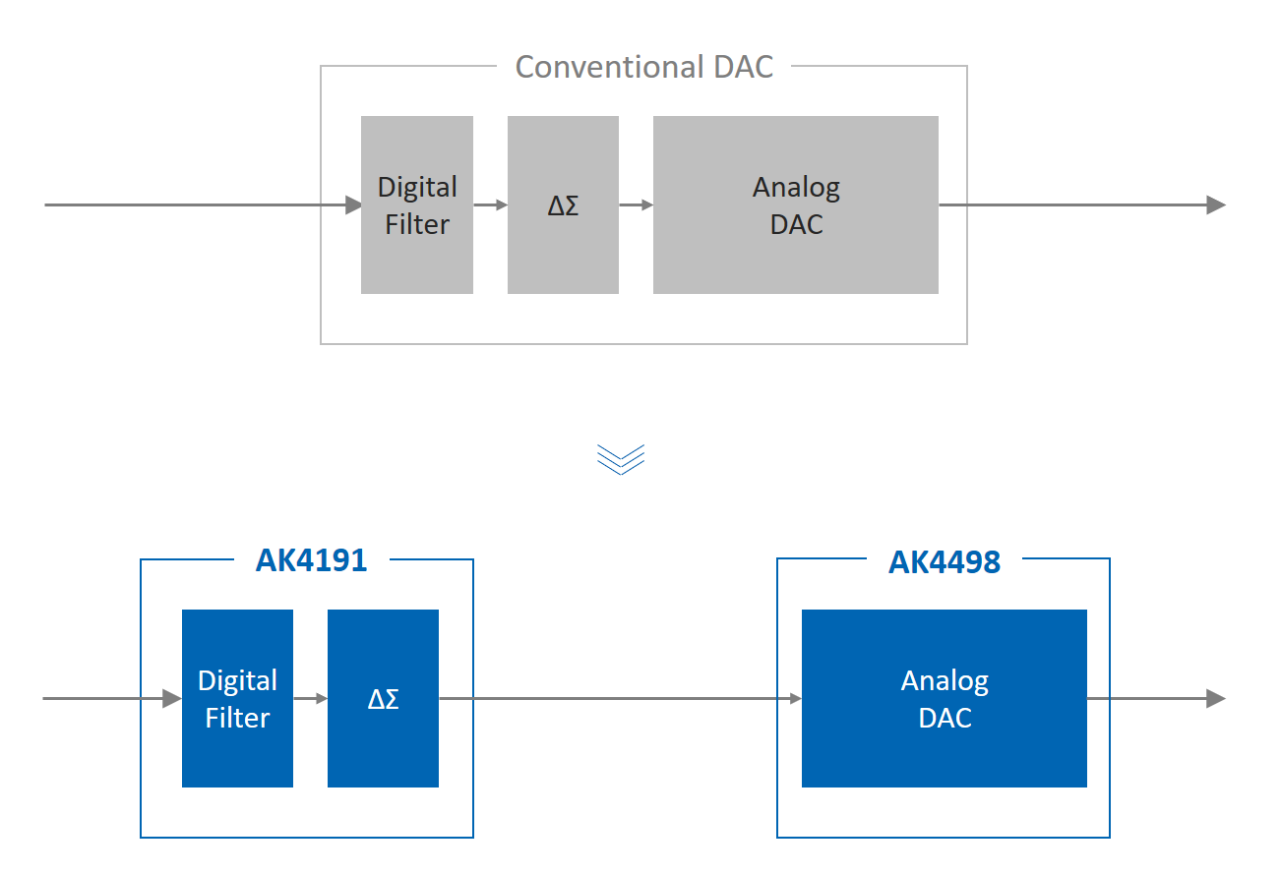 AK4498 + AK4191
AK4498 + AK4191
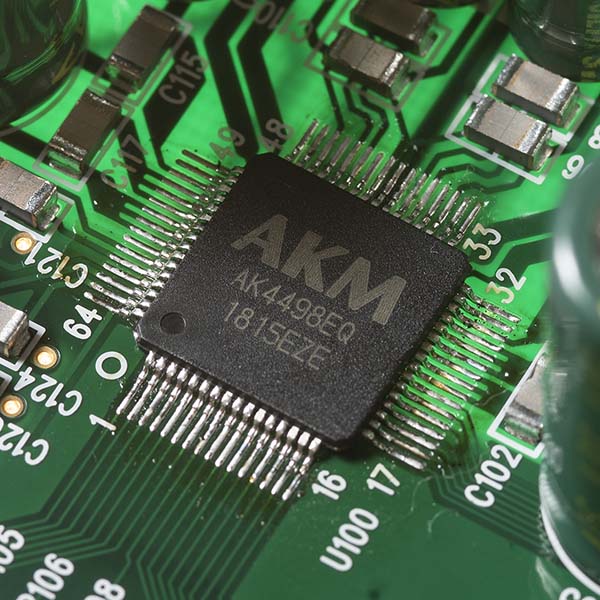 AK4498EQ
AK4498EQ
AKM’s newest DAC solution is characterized by its discrete structure, with the AK4191 playing the role of delta-sigma modulator, with final analog conversion performed by the AK4498, AKM’s latest DAC chip. Conventionally, conversions from a digital signal to analog are performed by a single chip. Assigning the digital processing exclusively to the AK4191, thus isolating the digital aspect from the analog, has improved the sound quality in a way that is easily perceptible while listening to music. The listening test was carried out by connecting an experimental D/A converter, the AK4191 + AK4498, to Esoteric’s Grandioso P1X SACD/CD player, which is the reference playback device used in AKM’s listening room.
Profile
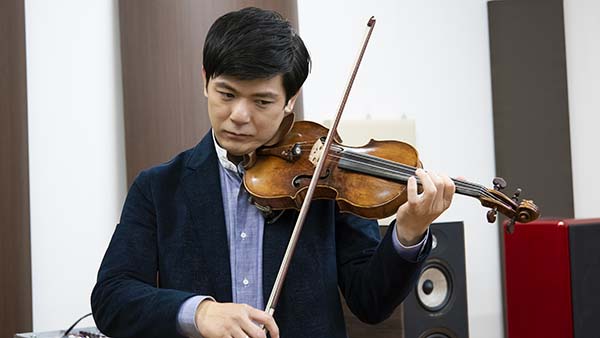 Daishin Kashimoto
Daishin Kashimoto
Daishin Kashimoto, violinist
1st Concertmaster of the Berlin Philharmonic
A Japanese classical violinist, born in London in 1979. Kashimoto started learning and playing violin at 3. After moving to New York, he entered the Pre-College Division of Juilliard when he was 7 years old. In 1990, he entered the Lubeck Academy of Music at 11 on a scholarship. He is a first prize winner of five renowned competitions including the fourth Bach Junior Music Competition. Having performed with renowned conductors such as Maazel, Seiji Ozawa, Jansons and Myung-Whun Chung, Kashimoto was appointed as 1st Concertmaster of the Berlin Philharmonic at 31 in 2010. He is also extensively active as a soloist. He plays a 1674 Andrea Guarneri violin. Currently, Kashimoto resides in Germany.
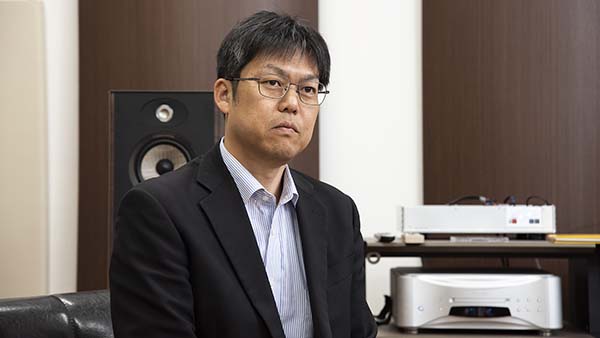 Tomonori Sato
Tomonori Sato
Tomonori Sato, Audio Meister
Solution Development Unit 1,
Marketing & Sales Center, Asahi Kasei Microdevices Corporation
Sato entered Asahi Kasei Corporation in 1998. Since then he has been involved in the development of ICs for audio equipment and internationally pioneered the planning of 32-bit DACs and ADCs. In 2009, he became the Audio Meister of Asahi Kasei Microdevices. Since then, he has brought into the world the VELVET SOUND series of DAC chips, including the AK4490, AK4497, and AK4499. They are used in numerous pieces of audio equipment. One of the recordings he uses to review sound quality is the 1988 Philips Saint-Saens: Carnival of the Animals performed by Argerich, Kremer and others. His hobby is making speakers and he uses an exclusive Fostex unit to listen through his own enclosures.
About VELVET SOUND

VELVET SOUND is both the brand and philosophy of AKM's highest tier of audio devices.
An authentic listening experience must be free of added noise and distortion. VELVET SOUND technology strives to eliminate those distractions in the pursuit of Real Live Sound: a faithful re-creation of the original experience, as if you were there.
* VELVET SOUND ™ and VELVET SOUND | VERITA ™ are trademarks of Asahi Kasei Microdevices Corporation in Japan, Europe and the United States.
velvetsound.akm.com
by ASAHI KASEI MICRODEVICES

